Izzy’s joy
March 19th, 2014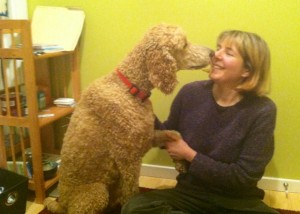 Izzy has one of the best noses of any dog I know. I usually have a treat jar in my office and when Izzy comes I have to hide it, otherwise he is obsessed with getting into it the whole appointment. I usually give one treat before an acupuncture treatment and one after and usually I can hide the treat for after on top of one of my picture frames but not from Izzy. The one time I tried he was climbing the walls, he knew it was there.
Izzy has one of the best noses of any dog I know. I usually have a treat jar in my office and when Izzy comes I have to hide it, otherwise he is obsessed with getting into it the whole appointment. I usually give one treat before an acupuncture treatment and one after and usually I can hide the treat for after on top of one of my picture frames but not from Izzy. The one time I tried he was climbing the walls, he knew it was there.
March 7th was a special day this year. It was the day that Izzy made it to two years after being diagnosed with an aggressive form of cancer called lymphoma. It is rare to get two years after lymphoma diagnosis and I always feel like if we can reach this milestone that the future ahead is much brighter.
If you want to talk about dogs with boundless energy Izzy would be up there. He often comes to see me after running or swimming at one of the local dog parks and he still has energy. A whirlwind of it all contained in a poodle body. But he is also one of the sweetest dogs out there, he can snuggle up to you with love, give you kisses and one look into his beautiful eyes and he has captured you.
I work with a lot of dogs with cancer, or in Izzy’s case who have had cancer, but Izzy is unusual in that he was only three years old when he was diagnosed with lymphoma. His wonderful people, Pete and Elise, made the decision to pursue chemotherapy for him because he was so young and lymphoma is quite an aggressive cancer.
 However almost immediately after starting chemo Izzy’s energy dropped. He was no longer a happy, energetic dog but was instead lethargic and sick and his people, who loved him so much, felt like they could not continue the treatments that could help him but also were making him so sick. Luckily he was working with one of my favorite veterinarians, Dr. Tim Kraabel and he made a recommendation to try some acupuncture. I had briefly worked with Izzy’s people with another elderly dog who had since passed and they jumped right on board with that recommendation. Between Dr. Kraabel and Pete and Elise they identified that the prednisone that was part of his chemo protocol was a large part of what was making him ill. Dr. Kraabel recommended stopping it permanently and also stopping all the chemotherapy for a short time until we could get Izzy to a better place.
However almost immediately after starting chemo Izzy’s energy dropped. He was no longer a happy, energetic dog but was instead lethargic and sick and his people, who loved him so much, felt like they could not continue the treatments that could help him but also were making him so sick. Luckily he was working with one of my favorite veterinarians, Dr. Tim Kraabel and he made a recommendation to try some acupuncture. I had briefly worked with Izzy’s people with another elderly dog who had since passed and they jumped right on board with that recommendation. Between Dr. Kraabel and Pete and Elise they identified that the prednisone that was part of his chemo protocol was a large part of what was making him ill. Dr. Kraabel recommended stopping it permanently and also stopping all the chemotherapy for a short time until we could get Izzy to a better place.
And so Izzy came to my practice.
From the first acupuncture treatment, Izzy was back to his normal energy. We also started him on a few different herbal formulas and supplements to both support his body and immune system and also to help fight the cancer. He did so well that we made a decision to continue his chemotherapy, although with longer intervals between the different drugs and he went through the full course without any major issues.
We have had one small setback when Izzy developed a second form of cancer in the form of a small skin tumor. Luckily it was removable and with one herbal addition it has not come back. Chemotherapy can predispose a dog to secondary cancers and while we knew there was a risk of that, you still hope that it doesn’t happen.
Izzy is such a wonderful illustration of what can happen when you get a team of people working together. Without Izzy’s people and their dedication to him and openness to explore and pursue all avenues of treatment for him he would not be here. Without the herbal and acupuncture treatments he would not have made it through chemotherapy and most likely would not have done so well after it. Without the chemotherapy he would not be here. And without Izzy’s determination to fight this fight none of this would have happened. We had a team where we could all communicate and trusted each other. We each had a part that we did well which came together in a way to give Izzy life.
I’m hoping that Izzy will have many years ahead of him to swim and run and love. To be a normal dog who can move through the world with joy and excitement. Perhaps he will finally slow down when he is in his golden years and maybe sleep a little more and run a little less and maybe come back to see me so I can treat him for arthritis.
No one knows what Izzy’s future holds but we do know that he is here now and by everyone’s prediction he shouldn’t be. But I always wonder, who are we to decide such things, especially when Izzy still has so much joy to show the world.
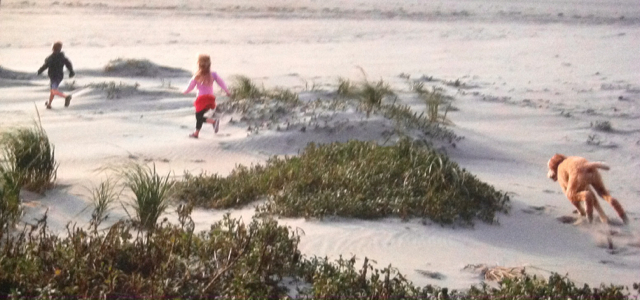

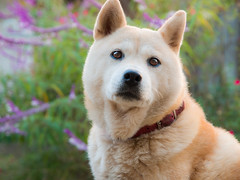


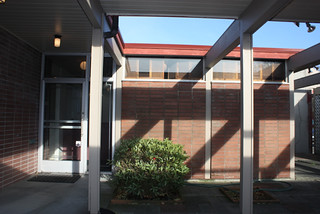





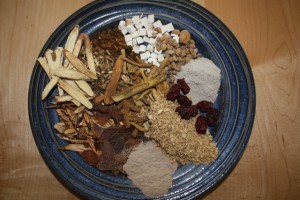 Long overdue, here are short descriptions of the formulas sold through my etsy shop,
Long overdue, here are short descriptions of the formulas sold through my etsy shop, 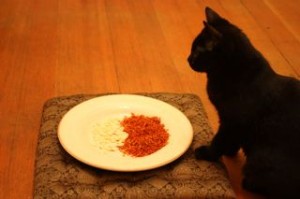
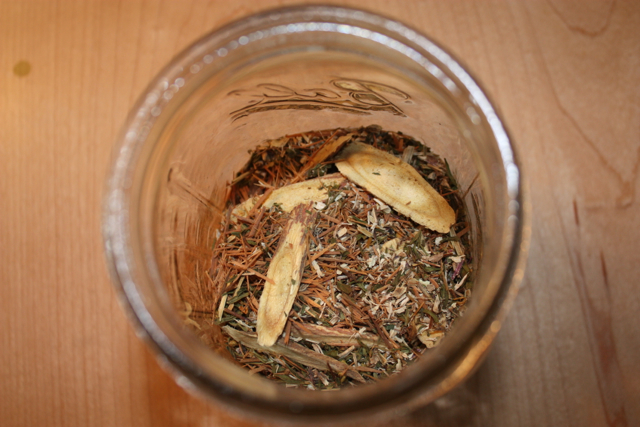
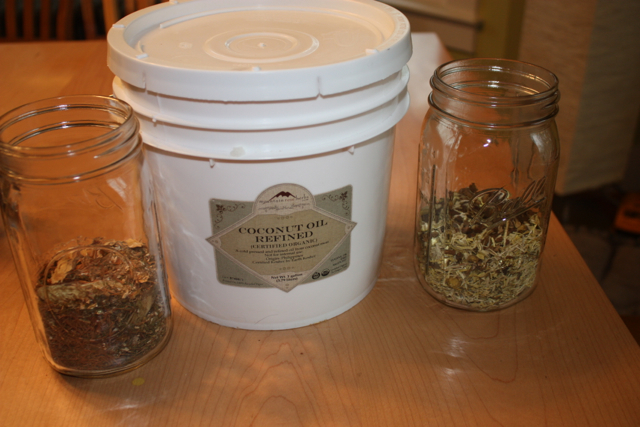
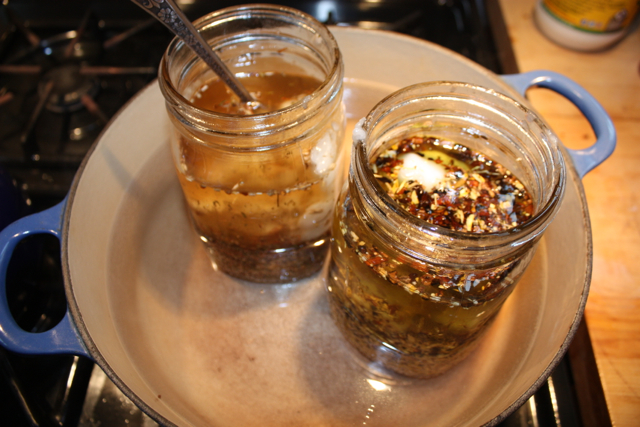
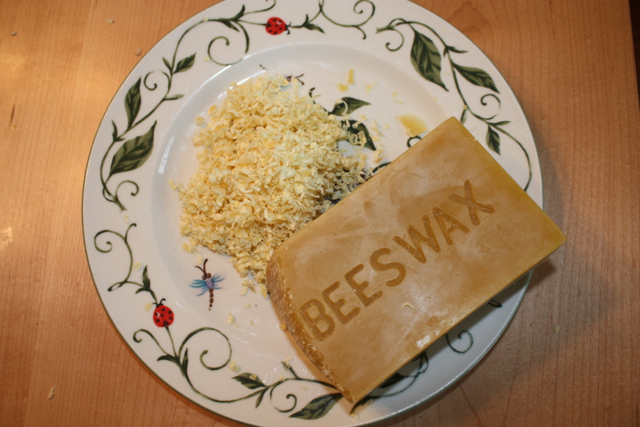

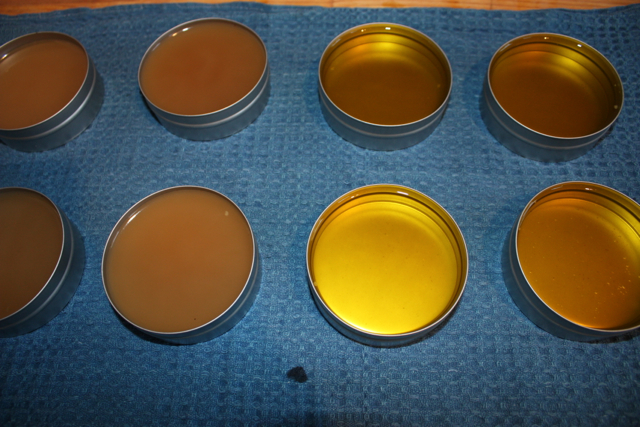
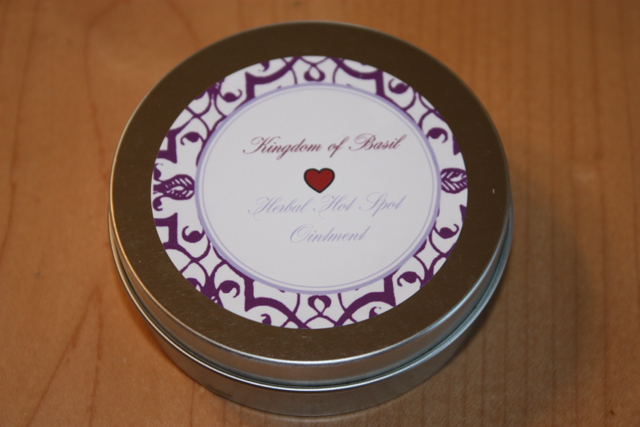
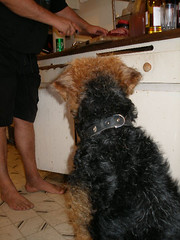


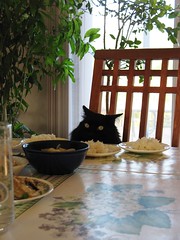
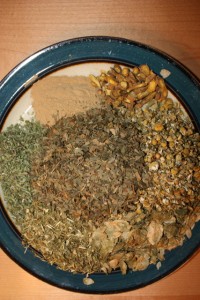 One of the older dogs I work with recently developed severe separation anxiety, involving doing injury not just to the house she lived in but also to herself. Her western vet had put her on Xanax and Prozac but the Prozac didn’t seem to do anything and the Xanax sedated her so much she acted like a zombie dog on it.
One of the older dogs I work with recently developed severe separation anxiety, involving doing injury not just to the house she lived in but also to herself. Her western vet had put her on Xanax and Prozac but the Prozac didn’t seem to do anything and the Xanax sedated her so much she acted like a zombie dog on it.  I’ve added this
I’ve added this 
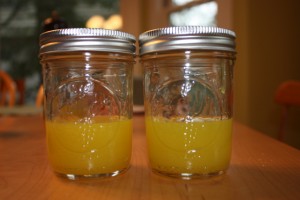 And the finished product – a nice soft and soothing ointment for hot spots and skin infection.
And the finished product – a nice soft and soothing ointment for hot spots and skin infection.